- Clean up your profit and loss statement and file your taxes. Many Owners are not aware of what makes up each category of their Profit and Loss Statement. Charges and invoices change monthly and are easier to track and monitor when items are categorized appropriately. If in one year, your clinic spent $15,000 in a category and in the year prior your clinic spent only $3,000, would you know why there is a difference? If not, this will make a buyer nervous and nervous (non-trusting) buyers pull out of deals. Failure to have a clean profit and loss statement may result in a lower sales price. It definitely will cost more in accounting fees.
- Talk to your financial planner and find out how much you need to live your lifestyle and sell your practice. The vast majority of owners are depending on their practice sale (#1 asset) to fund their retirement. This sale will fund the rest of their life and provide their needs for their family. Of course, an owner wants the most they can get in the sale. But, what if the practice value isn’t enough to hit the number for retirement? Are you planning to continue working until your staff calls 911 and they take you to the hospital or emergency room? Failure to plan is planning to fail.
- Your real estate or your lease. If you have a “free-standing building” are you paying yourself rent for fair market value? What I mean by fair market value is, “Could you sell the land and the building for what you’re paying yourself in rent?” Many practices do not charge the correct rent factor. When the numbers normalize, it substantially decreases the profit of the practice making the goal of selling their practice unrealistic for the number the owner needs to retire. If you are renting in a shopping center, will the lease be transferable to a new owner? If not, your name is on the lease and you are responsible. In some leases the landlord can decide if you can sell or not. In other leases, there can be a penalty for selling of up to 10% of the price. Are there enough years left on the lease so a new owner can continue to stay in that location? A lease with less than three years remaining has the potential of substantially decreasing the value of the practice. The majority of veterinarians I’ve worked with did not use a realtor to negotiate their lease and the leases are strongly written in the landlord’s favor. Unfortunately, the veterinarian wanting to sell the practice is unaware of the provisions until they get ready to sell.
- Inventory budget. Does your practice fall within “normal” guidelines of the AVMA or AAHA. Most clinics use the mantra, “we only carry the minimum”. Great lines, but less than minimum is defined by our industry as normal percentages. So, if you carry the minimum, your number is off and you are leaving profit on the table. My experience has shown me that is only partially what is ordered. Higher percentages in the inventory category could be due to: Incorrect dispensing fees, Incorrect markup on drugs, No minimum dispensing fee, Outdated inventory, Theft.
- Fees. Charging correctly and providing the correct level of service equal to the fees is the difference between success and failure. Most veterinarians know that they’re leaving money on the table. Unfortunately, they fail to realize this is a very serious problem and radically affects your sale price. Leaving $25,000 on the table results in a decrease of $80,000 to $100,000 on your sale price.
Are You Leaving Money on the Table with Your Vet Practice Sale?
Maximizing the value of your Vet Practice Before the Sale, makes the Real Difference.

Quick Links
Industry Insights
Terms and Conditions | Privacy & Cookies Policy | Copyright © 2025 Veterinary Sales & Consulting | Site Design by Deal Studio
